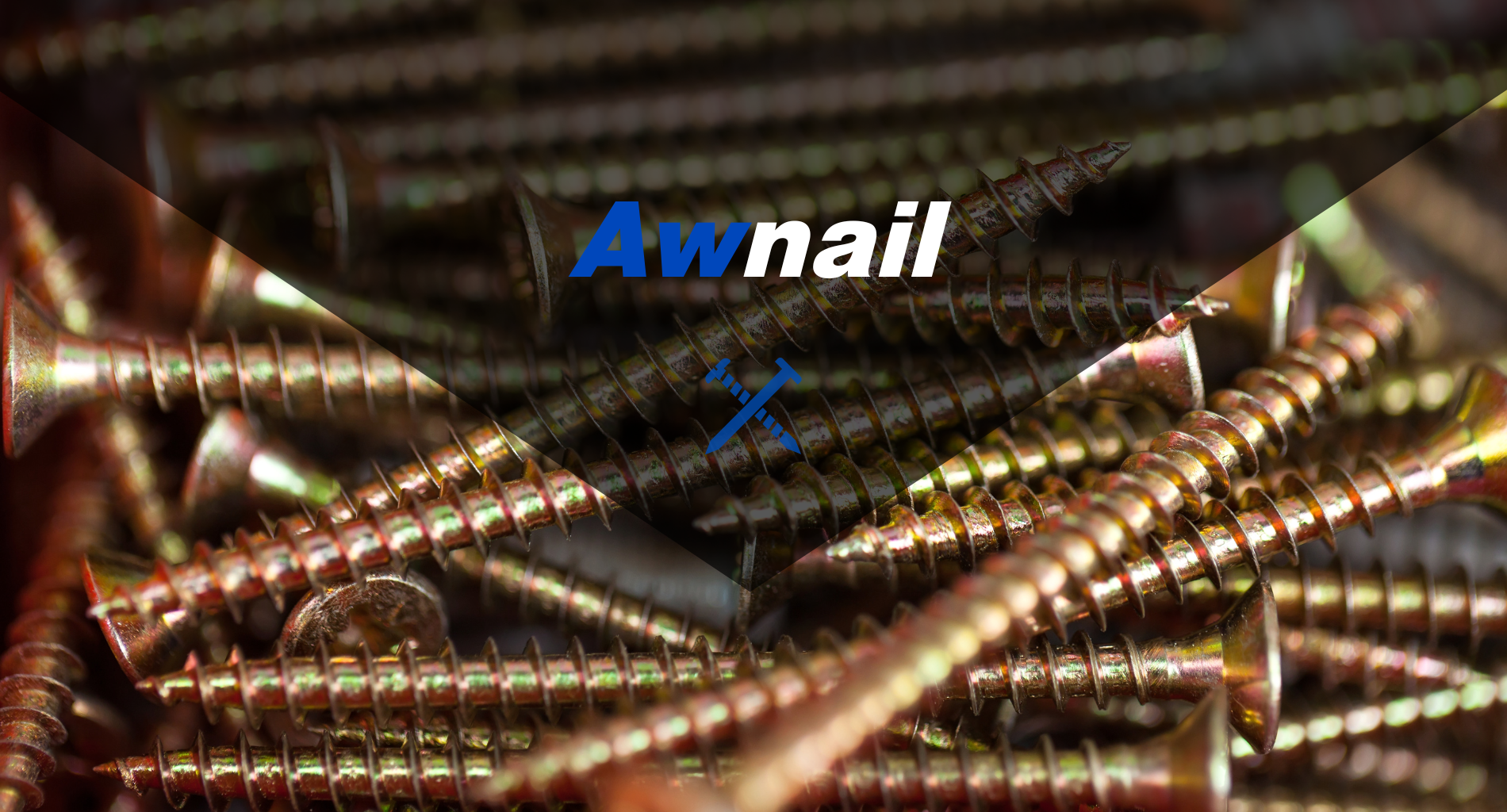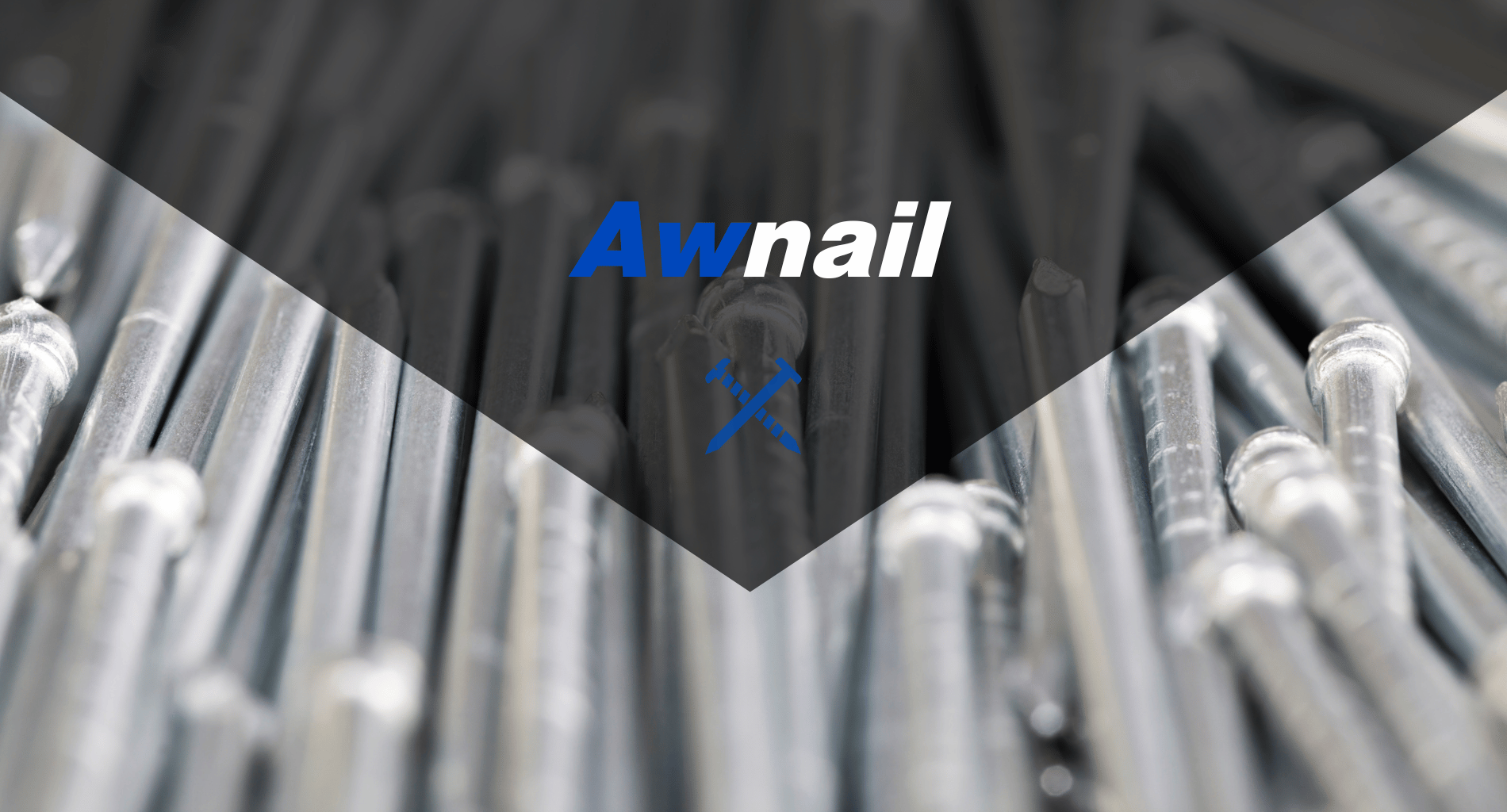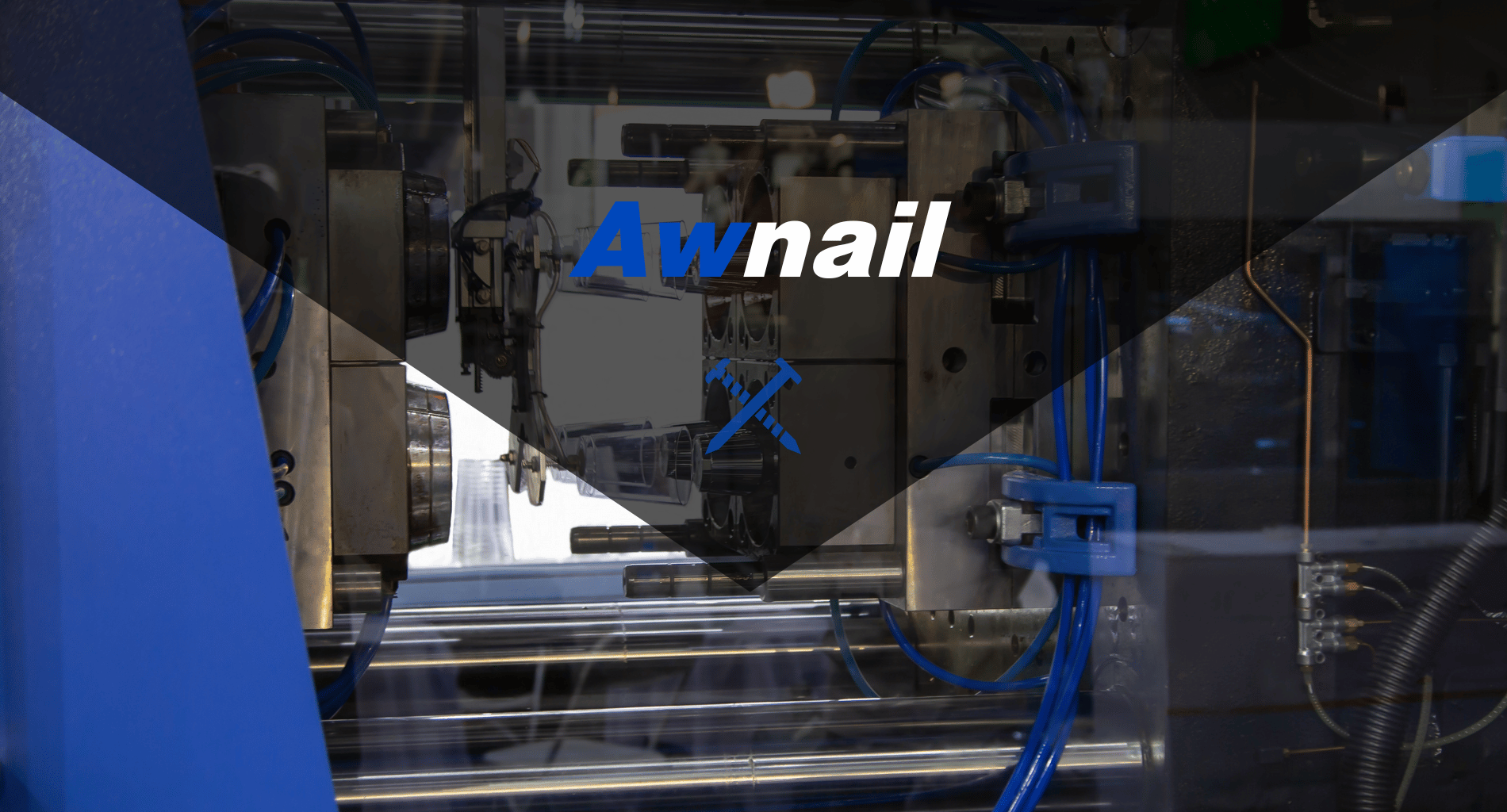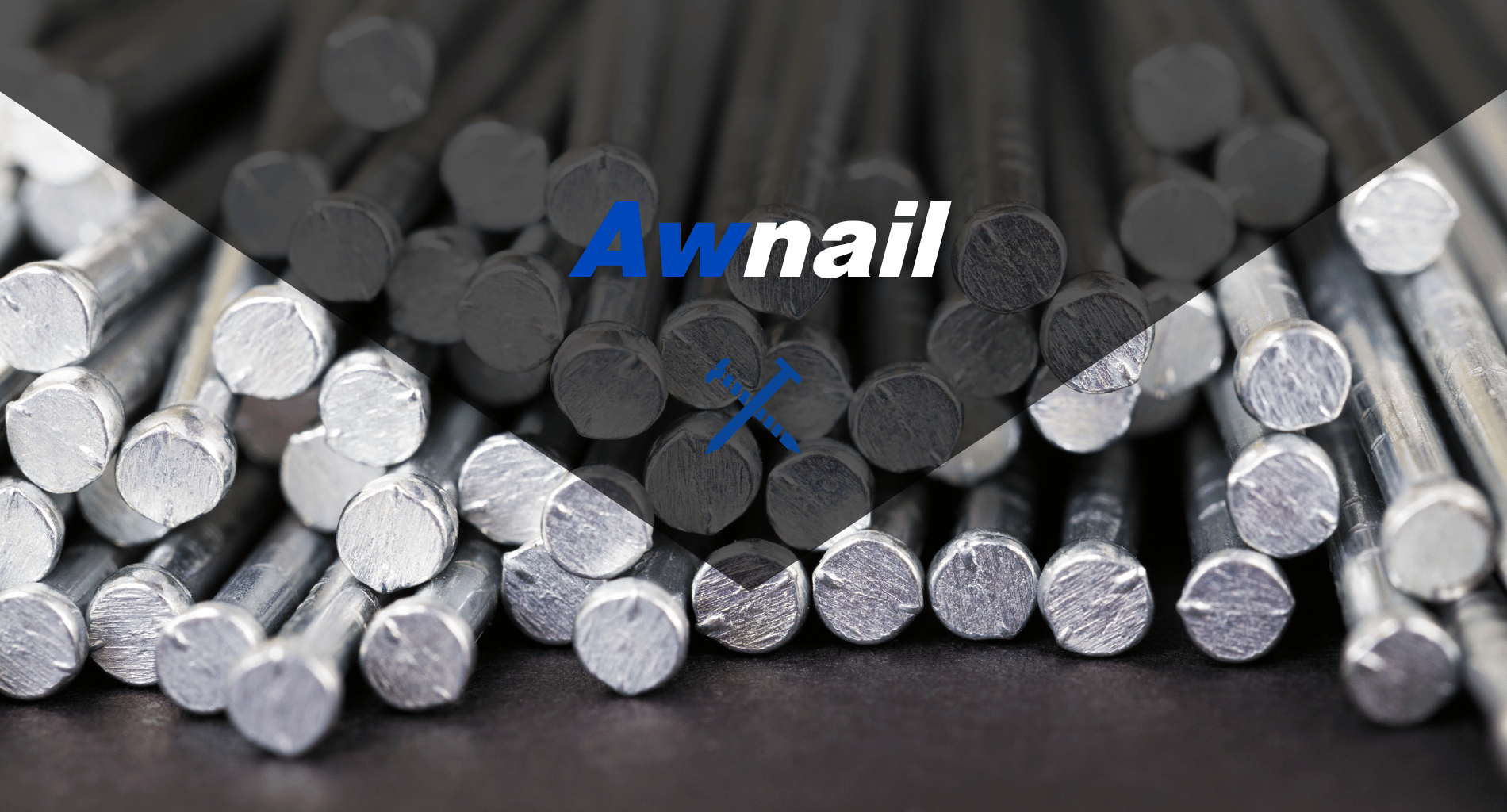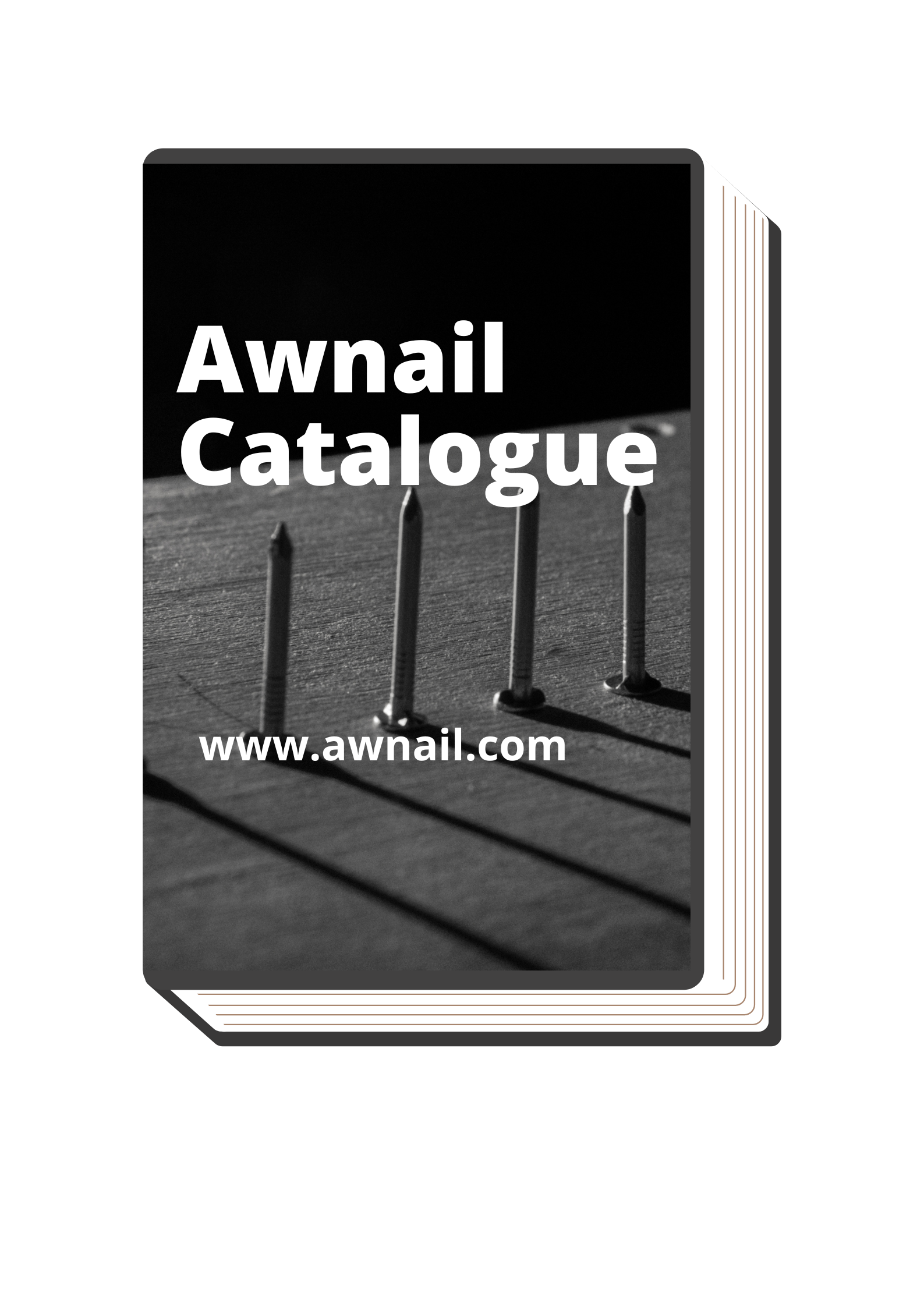Seeking to expand your business venture into the global marketplace with nail making machines? This strategic move could unlock new opportunities and revenue streams.
With years of expertise in the nail machine industry, we provide insights that empower businesses to make informed decisions.
Exporting nail making machines involves going clear with regulations, market dynamics, and distribution networks. It’s a process that demands precision, planning, and strategy.
In this ultimate guide, we will delve into the essential steps for successfully exporting nail making machines, from understanding market demands to tapping into legal requirements and more.
Read on to jump on this journey.
Step#1 Understanding Market Demand
Before diving into the exportation of nail making machines, it’s crucial to comprehend the market demand. Here are the foundational steps:
- Identify Potential Markets: Begin by researching which countries or regions have a growing demand for nail making machines. Markets with a booming construction industry often have a high demand for nails. Analyzing economic reports and industry trends can provide valuable insights.
- Understand Client Needs: Each market has unique needs based on their local industries and regulations. Engage with potential customers through surveys, interviews, or industry events to understand their specific requirements, preferences, and pain points in nail making.
- Analyze Competitors: Identify and study the competitors in the target markets. Understanding their strengths and weaknesses can help position the products more effectively.Look at their pricing, product features, and market penetration strategies.
- Evaluate Market Barriers: Be aware of potential barriers such as import duties, local regulations, and cultural differences that might affect market entry. Conduct a thorough analysis to understand these challenges and plan strategies to mitigate them.
Step#2 Navigating Legal and Regulatory Requirements
Having understood market demand, the next critical step is navigating the complex legal and regulatory requirements of exporting nail making machines. Let’s break down the essential aspects of this process.
- Research Export Regulations: Do thorough research on the export laws and regulations in the country. This includes understanding export licenses, taxes, and any restrictions on machinery exports. Staying compliant with these laws is crucial to avoid legal complications.
- Understand Import Laws of the Destination Country: Each target market will have its own set of import regulations. These may include safety standards, customs duties, and import licenses. Be familiar with these. Awnail ensures that it meets all requirements to avoid delays or rejections at customs.
- Compliance with International Standards: Ensure that the nail making machines comply with international quality and safety standards, such as ISO or CE marking. Compliance not only facilitates smoother export processes but also builds trust with clients.
- Seek Legal Advice: Given the complexity of international trade laws, consulting with legal experts in export and import law is advisable. They can provide tailored advice and help navigate any legal hurdles specific to the countries you are targeting.
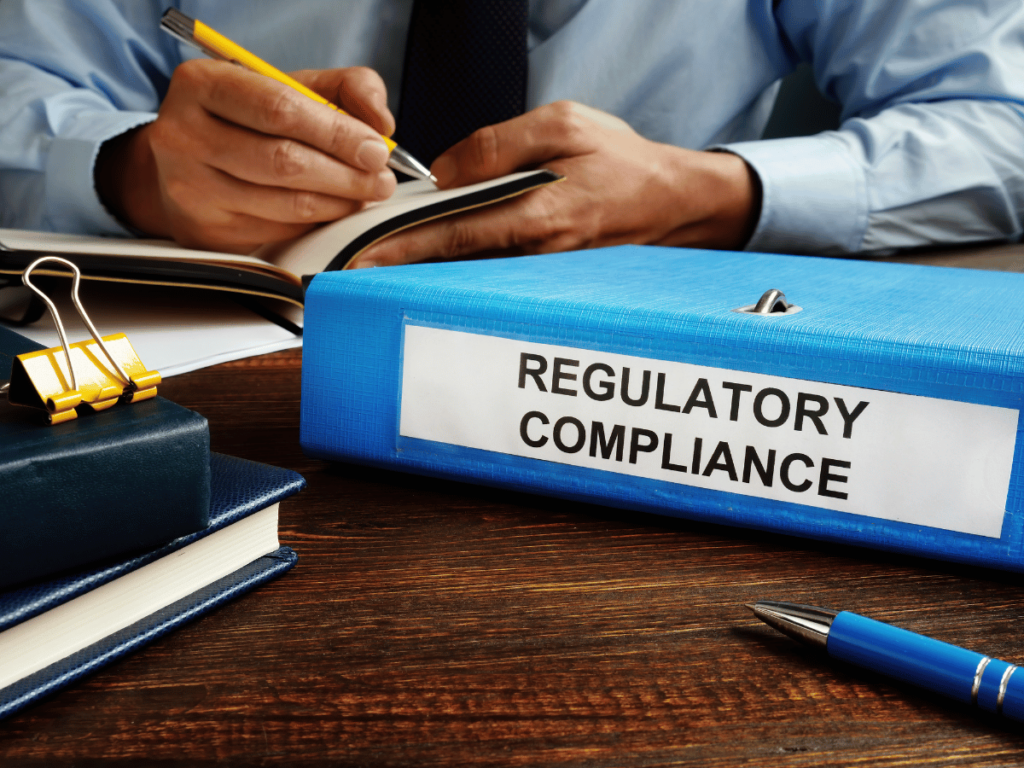
Step#3 Finding Buyers and Negotiating Deals
After ensuring compliance with legal and regulatory requirements, the next phase in exporting nail making machines is identifying potential buyers and securing deals. Let’s see the key steps involved in this process:
- Lead Generation: Conduct a comprehensive analysis to identify potential buyers. Use online platforms, trade shows, and industry directories to generate leads. Target businesses that are likely to benefit from the unique features of machines offered in the construction industry.
- Build a Strong Brand Presence: Establishing a strong brand presence is key to attracting buyers. Awnail utilizes digital marketing, social media, and industry events to showcase the brand and the superior quality of its nail making machines. A strong brand helps in building trust and recognition among potential buyers.
- Effective Communication and Relationship Building: Once you identify potential buyers, effectively communicate with them. Understand their needs and preferences and how collaboration can meet them. Building a strong relationship is crucial for long-term business success.
- Negotiation and Deal Closure: In the negotiation phase, be clear about pricing, delivery terms, and other business deal support. Be prepared to negotiate terms that are beneficial for both parties. Ensure that all agreements are documented and legally binding to avoid future disputes.

Step#4 Selecting the Right Export Channels
With buyers identified and deals in place, the focus shifts to choosing the most effective export channels for nail making machines. See the following key considerations in this important step:
- Direct vs. Indirect Exporting: Decide between direct exporting, where to sell directly to the target market, and indirect exporting, using intermediaries like agents or distributors. For example, direct exporting might be more suitable for large contracts, while indirect methods can help in new markets.
- Evaluate Distributor and Agent Networks: If opting for indirect exporting, carefully evaluate potential distributors and agents. Look for partners with a strong presence in the target market, a good reputation, and the capability to effectively sell and service the machines.
- Utilize Online Marketplaces: Utilize online marketplaces to reach a broader audience. These platforms can be particularly effective for smaller orders or reaching markets where there is no need to have a physical presence. Listing on platforms like Alibaba can open doors for a lot of international buyers.

Step#5 Financial Transactions and Payment Methods
With the right export channels in place, managing financial transactions and choosing secure payment methods becomes essential. Here are the effective strategies to ensure smooth financial operations:
- Establish Clear Payment Terms: Before finalizing any deal, clearly define the payment terms. This includes the payment schedule, currency, and any advance payments required. For example, setting these terms upfront can prevent misunderstandings and financial disputes later on.
- Choose Secure Payment Methods: Opt for secure and internationally recognized payment methods. These can include letters of credit, bank transfers, and online payment platforms. Each method has its pros and cons, so select the one that offers the right balance of security and convenience for both parties.
- Consider Currency Exchange Risks: Be aware of the risks associated with currency exchange fluctuations. To mitigate these risks, consider using forward contracts or pricing products in a stable currency, such as the US Dollar or Euro, particularly in markets with unstable local currencies.
- Implement Robust Financial Tracking: Use financial software or systems to track all transactions thoroughly. This ensures transparency, aids in financial planning, and is crucial for addressing any discrepancies or audit requirements.
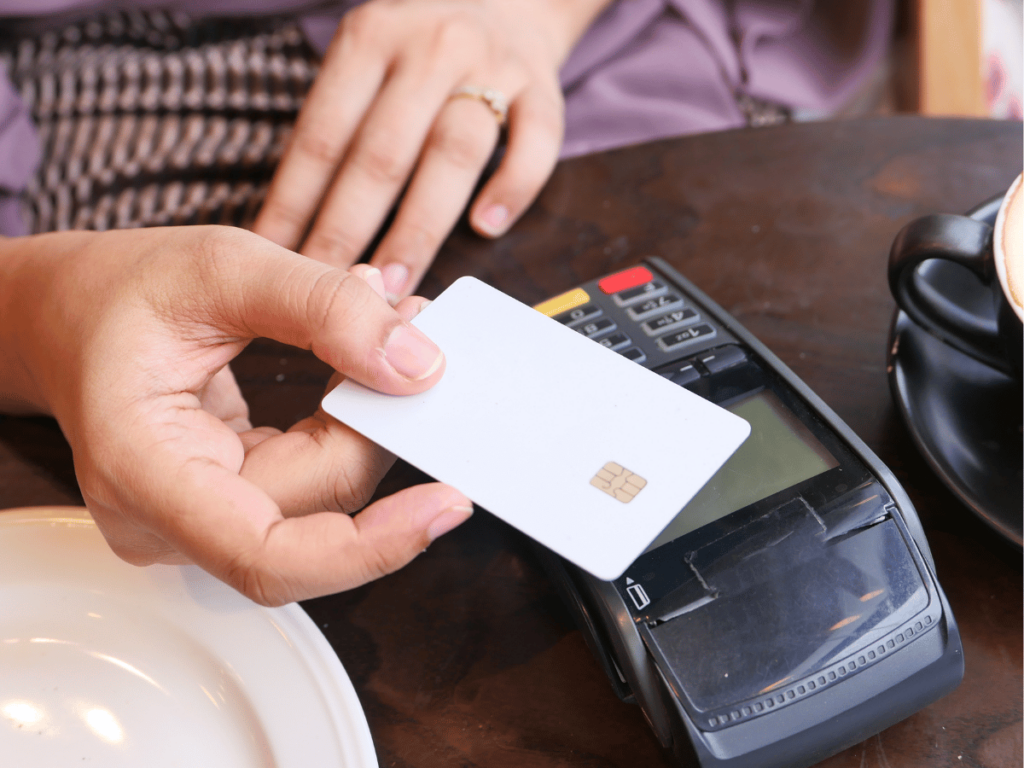
Step#6 Packaging and Shipping
Following the establishment of financial transactions and payment methods, the next critical step in exporting nail making machines is ensuring their safe packaging and efficient shipping. Below are the essential steps:
- Select Appropriate Packaging: Choose packaging that protects the machines during transit. This includes sturdy crates or containers, cushioning materials, and moisture barriers. As per Precedence Research, the global packaging material market size will be expanding by around USD 1.76 trillion by 2032.
- Compliance with International Shipping Regulations: Ensure the packaging and shipping methods comply with international shipping regulations. This includes proper labeling, adherence to hazardous material guidelines if applicable, and any specific requirements of the destination country.
- Choose Reliable Shipping Partners: Partner with reliable freight forwarders or shipping companies that have experience in transporting heavy machinery. They should offer tracking capabilities, reasonable shipping times, and competitive rates.
- Plan for Logistics and Customs Clearance: Coordinate logistics to ensure timely pickup and delivery. Additionally, prepare all necessary documentation for customs clearance in both the exporting and importing countries to avoid delays and additional costs.
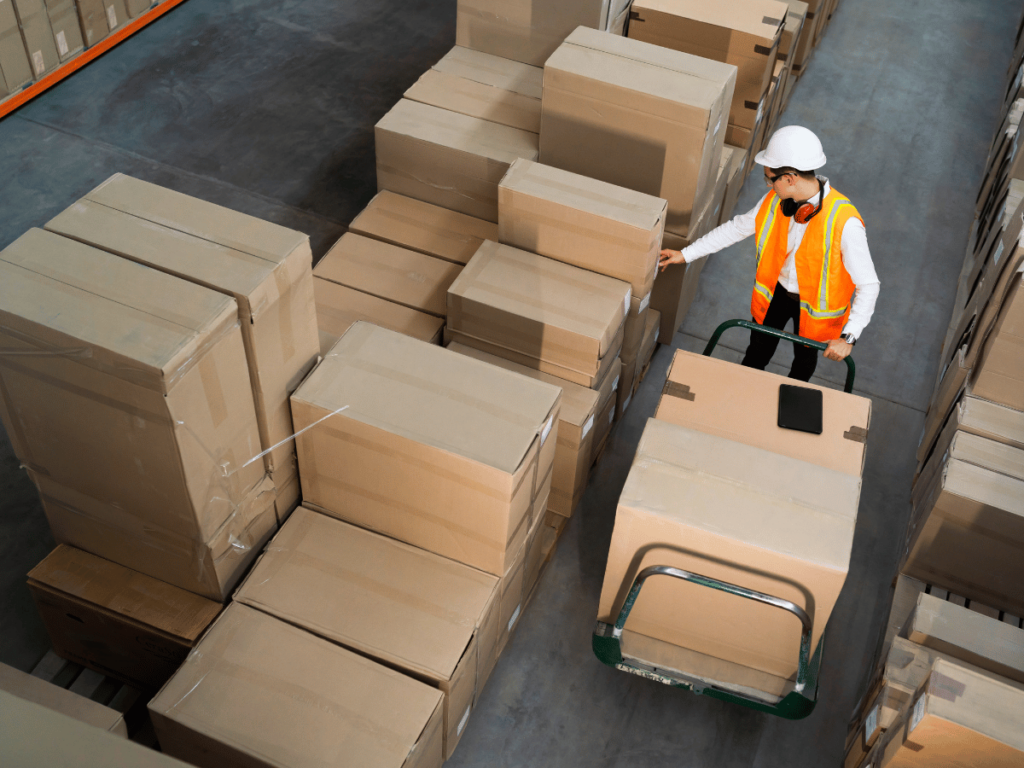
Step#7 Handling Customs and Documentation
After addressing packaging and shipping, the next important phase is effectively handling customs and documentation for exporting nail making machines. Here are some helpful strategies to streamline this process.
- Prepare Accurate Documentation: Essential for customs clearance, ensure that all documents like the commercial invoice, packing list, bill of lading, export license, and product certifications are accurate and complete. Mistakes or omissions can lead to delays and increased costs.
- Familiarize with Country-Specific Requirements: Different countries may have unique requirements for documentation and customs clearance. Research and understand these specifics for the destination country to avoid unexpected hurdles. This might include special permits or additional certifications.
- Utilize Technology for Document Management: Implement technology solutions for managing and sharing documents. Digital document management systems can streamline the process, reduce errors, and improve efficiency in submitting and tracking necessary paperwork.
- Plan for Potential Customs Inspections: Be prepared for the possibility of customs inspections, which can delay shipments. Ensure the products and documents are in order, and budget for potential extra time and costs associated with these inspections.
The table below outlines strategies for preparing for customs inspections, ensuring that products and documents are in order, and budgeting for extra time and costs.
| Strategy | Action Steps | Benefits |
| Documentation Accuracy | Ensure all shipping and customs documents are accurate, complete, and readily available. | Smooth Clearance: Reduces the likelihood of delays due to paperwork issues, facilitating faster customs clearance. |
| Product Compliance | Verify that all products comply with the importing country’s regulations and standards. | Avoid Delays: Ensures products are not held up for regulatory non-compliance, avoiding potential fines or rejection at the border. |
| Customs Broker Engagement | Consider hiring a customs broker to navigate the complexities of the customs process. | Expert Guidance: Provides expertise in meeting all legal requirements, potentially speeding up the inspection process. |
| Inspection Contingency Planning | Develop a contingency plan that includes potential delays due to inspections in the project timeline. | Minimized Disruption: Helps manage expectations and adjust logistics planning accordingly, reducing operational impact. |
| Budget for Additional Costs | Allocate funds for possible extra charges associated with inspections, such as storage fees or fines. | Financial Preparedness: Prevents unforeseen expenses from impacting the overall budget, ensuring financial stability. |
| Frequent Shipper Programs | If available, participate in trusted trader or frequent shipper programs that might expedite customs processes. | Expedited Processing: Can lead to quicker inspections or a reduced likelihood of being selected for inspection. |
| Educate and Train Staff | Train staff involved in the shipping process on the importance of compliance and accuracy in documentation. | Enhanced Compliance: Increases the likelihood of first-time approval, reducing the risk of inspections due to human error. |
| Transparent Communication with Buyers | Inform buyers about the possibility of customs delays and discuss how they will be handled. | Managed Expectations: Keeps buyers informed, helping to maintain trust and manage expectations regarding delivery times. |
Step#8 Post-Sale Support and Services
After successfully handling customs and documentation, the focus shifts to providing exceptional post-sale support and services for the exported nail making machines. Listed down below are things to keep in mind:
- Establish a Reliable Customer Service System: Set up a customer service system that is accessible to your international clients. This could include a dedicated support line, email support, or a chat service. Quick and effective responses to inquiries or issues are crucial for maintaining a positive brand reputation.
- Offer Comprehensive Training: Provide comprehensive training on the operation and maintenance of the nail making machines. This can be done through online tutorials, manuals, or even in-person training sessions, depending on the scale of the export and client needs.
- Implement a Warranty and Repair Policy: Ensure that there is a clear warranty and repair policy in place. Consider partnering with local service providers in the target market for quicker repair and maintenance services, which can significantly enhance customer trust and satisfaction.
- Gather Feedback for Continuous Improvement: Actively seek feedback from international clients about their experiences with the product and support services. This feedback is invaluable for continuous improvement and can guide future product development and customer service enhancements.
Dive Deeper Into Our Resources
Looking for more diverse product options? Browse through our handpicked selections:
For some insightful reads, we’ve curated a list of recommended articles just for you:
- A Complete Guide to Import Regulations for Nail Making Machines
- A Deep Dive into Global Trade of Nail Making Machines
- Nail Making Machine Trade: Mastering Supply Chain and Logistics
Still haven’t found what you’re looking for? Don’t hesitate to contact us. We’re available around the clock to assist you.
Conclusion
In this comprehensive guide, we’ve journeyed through the complex process of exporting nail making machines, highlighting each critical step from market demand to post-sale support. This insight not only enhances understanding but also aids in making informed decisions in the nail manufacturing industry.
For businesses looking to leverage top-tier nail making machines, Awnail offers unparalleled expertise and support. To explore how we can elevate your operations, contact us today.

